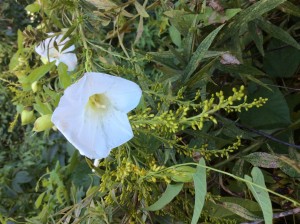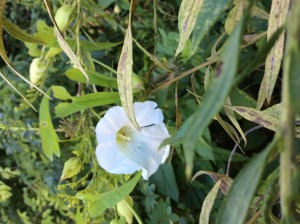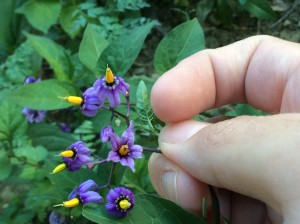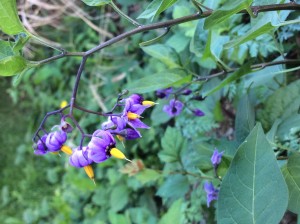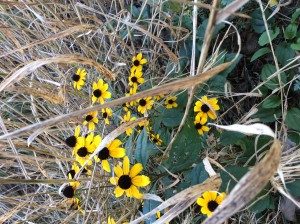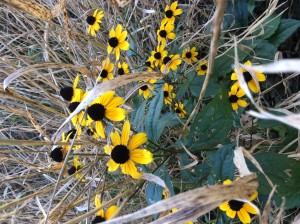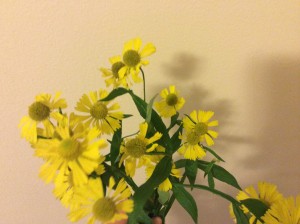Asclepias syriaca L.
Common Milkweed
Asclepiadaceae
Asclepias syriaca is a native wildflower in Ohio. These photos were taken on 14 September 2014 at the Delaware Wildlife Area in Delaware County, Ohio. The overall habitat was an open prairie with silt loam soil that is good for agriculture. Asclepias syriaca was found rooted in the prairie soil. There were several patches of Asclepias syriaca around the prairie.
Rudbeckia hirta L.
Black-eyed Susan
Asteraceae
Rudbeckia hirta is a native wildflower in Ohio. This photo was taken on 14 September 2014 at the Delaware Wildlife Area in Delaware County, Ohio. The overall habitat was an open prairie with silt loam soil that is good for agriculture. Rudbeckia hirta was found rooted in the prairie soil. Rudbeckia hirta was spread out around most of the prairie area.
Chamaecrista fasciculata (Michx.) Greene
Partridge-pea
Caesalpiniaceae
Chamaecrista fasciculata is a native wildflower in Ohio. This photo was taken on 14 September 2014 at the Delaware Wildlife Area in Delaware County, Ohio. The overall habitat was an open prairie with silt loam soil that is good for agriculture. Chamaecrista fasciculata was found rooted in the prairie soil. The photo above is of a large patch of Chamaecrista fasciculata; however, singular plants were found scattered around the prairie as well.
In order to recognize this plant as partridge-pea, I noted the general size of the yellow flowers and that the flowers had parts in multiples of 5 (there were 5 petals and 10 stamen). The leaf placement alternated along the steam, and each leaf was composed of about 8-15 oblong shaped leaflets. I also noted habitat characteristics, such as the amount of sunlight and the other types of plants that were around, to help me identify this plant as partridge-pea.




